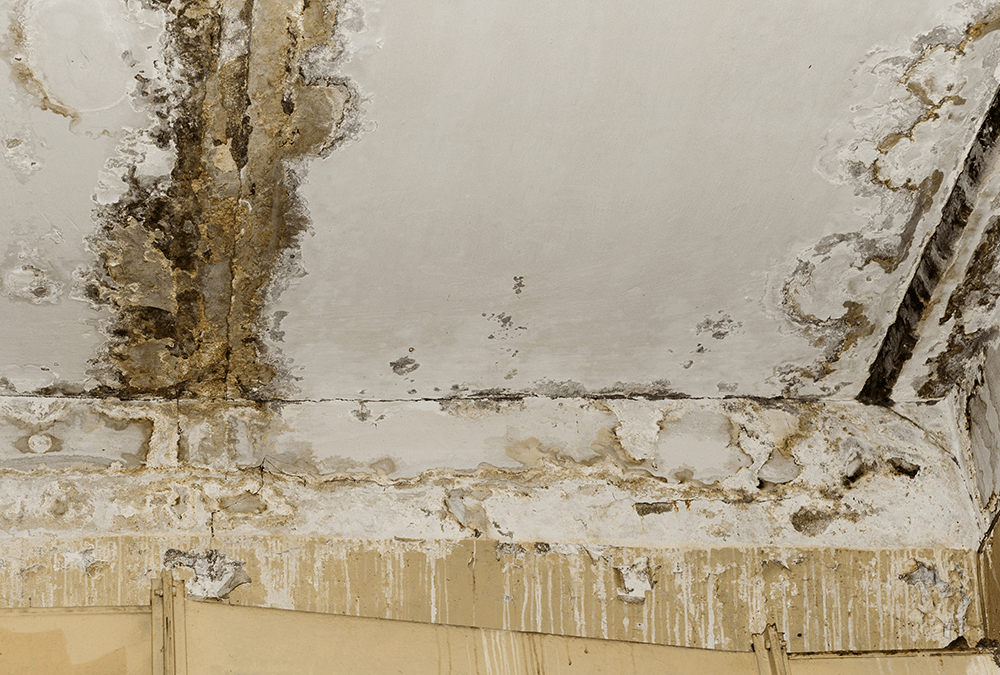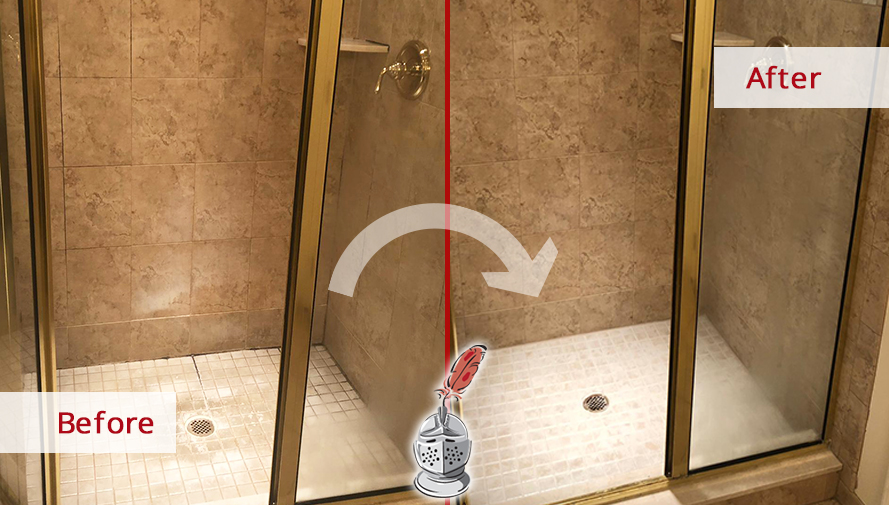Just How to Avoid Water Damage in Your Bathroom
Just How to Avoid Water Damage in Your Bathroom
Blog Article
The publisher is making several good pointers on How to Repair and Prevent Bathroom Water Damage overall in the article in the next paragraphs.

The bathroom is extremely vulnerable for moist build-up and also possible water damage as a result of the regular use water in it. This article provides easy assessment techniques to assist discovering water damage hazards.
The frequent use water in the washroom makes it exceptionally at risk for moist buildup and also possible water damages. By checking it on a regular basis, you can decrease water related problems.
The adhering to set of examinations is simple to do and should be done as soon as in every 3 months in order to keep your bathroom in good shape and also to stop prospective water damages caused by the bath tub, the shower, pipeline joints as well as plumbing, sinks, cabinets, and also the commode
Do not disregard carrying out these examinations and also be extensive while performing them. Keep in mind that these straightforward assessments can save you a great deal of money by offering very early indicators for water damage
Bathtub and also Shower
The shower as well as bathtub call for special attention and also maintenance. Check the floor tiles as well as replace if split. Ensure that there is no missing out on grout between the floor tiles. Evaluate and also change fractured caulking at joints where the wall surfaces fulfill the flooring or the bath tub. Obstructed drains pipes as well as pipelines issues will avoid the tub from drying and may indicate serious troubles under the bath tub. Seek advice from a specialist quickly to stop architectural damage. Take note of discolorations or soft locations around the tub walls as they might suggest an interior leak.
Plumbing
Signs for water damages are difficult to spot since a lot of pipes are installed inside the wall surfaces.
Pay special attention to floor covering as well as wall surfaces wetness and discolorations as they might suggest an unnoticeable plumbing trouble. Inspect moisture degrees in adjoining areas also.
Sinks and Cabinets
Sinks and also closets are subjected to dampness as well as humidity day-to-day and are usually ignored. Evaluate on a regular basis under the sink and on the kitchen counter above it. Fix any type of drip in the catch as it may recommend drain troubles. Browse the sink, slow draining pipelines may suggest a blocked drain. Change sink seals if they are broken or loosened.
The Bathroom
The commode is a susceptible water joint. Check the water lines as well as look for leaks around the commode seat, in the hose pipe, and also under the water tank. If you find any indications of moisture on the floor around the commode, check for leakages in the toilet edge as well as container seals.
Be aware that hanging bathroom dish deodorants boosts the chances for blockages.
Water Damage Signs In The Bathroom To Avoid Cleanup
Musty smell
This is one of the easiest signs to catch because musty smells are so odorous. The damp, earthy, moldy smell should be a big red flag. The smell will develop when moisture gets trapped in surfaces, and begins to facilitate mold growth. Leaking pipes under cabinets, inside walls, and behind shower fixtures will cause moisture to stay trapped and not dry, which will lead to mold growth and spread. As soon as you notice any musty smells in your bathroom, have it checked for hidden water damage and cleanup signs.
Visible mold
If the smell isn’t there to give it away, sometimes you will actually see mold growth. Finding mold in your bathroom is a serious problem, because mold is very harmful to your health. By the time mold growth is visible, it also means that water damage has already occurred and been present for some time. The only way the mold problem can be resolved is to find the source of the moisture and get it stopped. To safely and adequately remove mold, you need to have professionals handle the remediation. Do not waste any time in getting mold problems addressed, fixed, and sanitized so that you can protect you and your family from the many respiratory symptoms caused by mold exposure.
Damaged floors
Bathroom floors should be able to withstand some exposure to water while still remaining in good condition. However, when excess exposure or water leaks occur, they will begin to damage even the most water-resistant flooring. If you notice any cracking, bubbling, staining, or warping on your bathroom floors, there is probably a water leak somewhere causing the distortion. If you notice areas of the floor have become softer, or even have a spongy feeling, there is probably damage to the subfloor. Subflooring is typically made up of plywood. When plywood is exposed to water or moisture, it will absorb it. Once it has become saturated, the weight of the excess water will cause the wood to swell and soften. Check the floors in your bathroom frequently to catch any of these sings before they lead to damaged subflooring.
Changes on walls
When water leaks behind walls, it will cause changes in the drywall. Peeling plaster, blistering paint, and soggy wallpaper are all good indicators that excess water is building up behind the wall. Water leaking behind drywall will cause it to swell and be soft to the tough. If you start to notice gaps along the trim of your walls, or where tile meets the wall, it could also be a strong indicator that there is a leak behind the wall. Any changes, distortion, or damage on the walls should be evaluated as soon as you notice it to prevent further water damage and cleanup.

We are very interested in Preventing Water Damage in the Bathroom and I hope you enjoyed our blog post. Do you know somebody else who is occupied with the niche? Do not hesitate to share it. Thank you so much for your time spent reading it.
Learn More Report this page